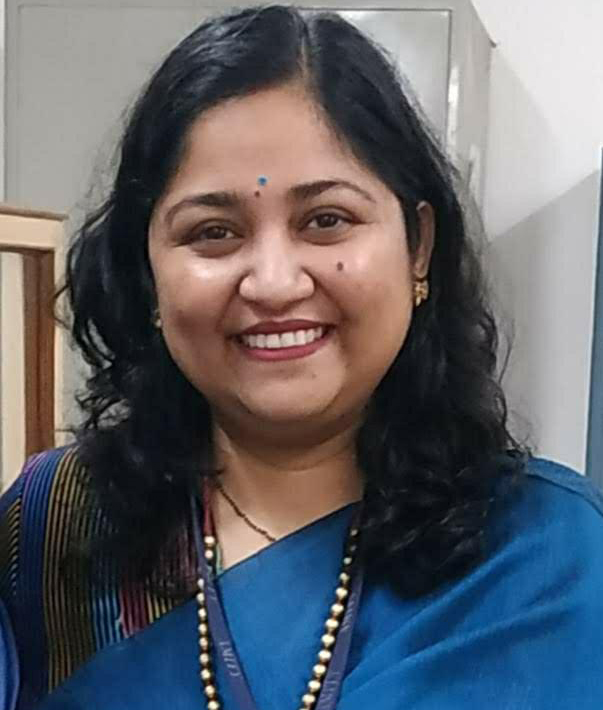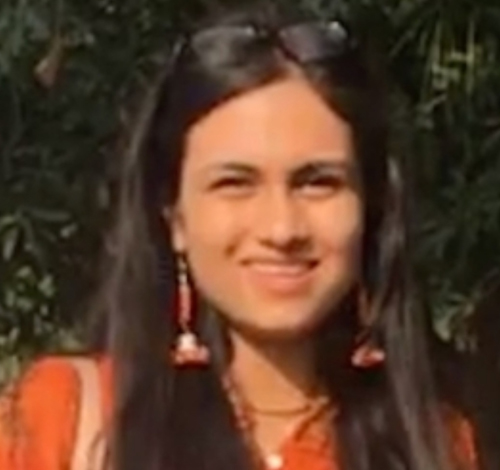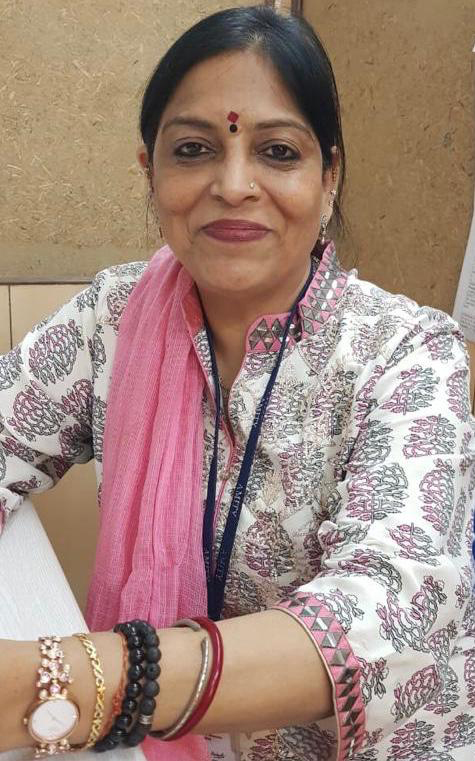Physical therapies for children with autism
By: Sanjana Purdhani
By: Tamanna Saxena
By: Dr. Roopali Sharma
“I might hit developmental and societal milestones in a different order than my peers, but I am able to accomplish these small victories on my own time.” – Haley Moss.
The psychiatric Bible DSM, redefining Autism to Autism Spectrum disorder (ASD), clearly characterized it with repetitive behaviors, social behaviors, speech and non verbal communication. These kids with autism face many challenges in various settings ranging from home to schools and organizations. As motor achievements is a delayed milestone for the children with autism, Physical therapies swoop in as the superman wearing the cape, helping them achieve these at an attainable pace.
Implementation of these intervention programs is a holistic, integrative and a multidisciplinary approach to help the children with ASD, develop those milestones. The therapeutic outcome of these approaches is enhanced with the help of physical therapies.
There is an understanding that motor skills are subsidiary for learning aptitudes in many aspects of functioning (e.g., social practices, communication abilities, educational achievements, and tactile abilities) and in this way, issues related to motor abilities are mainly acknowledged as crux area for the educational plans or with the help of therapies and services provided during the early developmental age.
Many researches have shown, physical exercise is relied upon to decrease the danger of general medical issues in people with ASD, as it does in everyone. Moreover, a few examinations have detailed a lessening impact of activity on self-stimulatory behavior in people with ASD.
Recent discoveries in regards to the motor areas of people with ASD recommend that a program which included walking improved the state of physical movement of young people with extreme ASD and also deduced their BMI record. Physical action was found to effectsly affect social conduct, relational abilities, educational achievements, and tangible aptitudes. In spite of the shortage of research extends around there, the combined proof proposes that physical exercise improves the state of being just as other tested domains of individuals with ASD.
Ming et al. in their portrayed their discoveries from an associate of 154 youngsters with ASD. They saw different motor areas as ailing in youngsters with ASD, including hypotonia (51%), engine apraxia (34%), toe-strolling (19%), and delays in gross motor skills (9%).
PTs work with the youngster to create age-suitable development abilities. They utilize free and organized play to show youngster with ASD and assist them with rehearsing aptitudes. Physical specialists take a shot at expanding child’s quality and coordination.
To quote an instance of an early intervention clinic in New Delhi: The importance of various therapies like Occupational therapy focusing on the sensory issues and physical activities in social play sessions, which help in the development of gross and fine motor skills is explicable in physical therapies. Along with the improvement in the motor abilities, it brings enhancement in various other skills like social interaction, non verbal interaction, name responding and eye contact formation.
Other physical therapies included the dance and movement therapy tuned with Turkish music or stimulatory yet soothing music, to improve the gross motor activities like walking, and deduces the self stimulatory behavior generally seen in the extreme autistic children. It not only improved the sensory deficits but all the face expressions and social interaction.
Different techniques are used for the children belonging to different age groups, like for the children in early intervention program; the main aim is to prepare them for the main stream education via the improvements in sensory deficits and gross motor skills. Whereas for the children of the age range 7-8 years, the main area of focus for the physical therapy is to improve the fine motor skills, along with the individual development requirements like sensory, motor areas etc.
The primary objective of the exercise-based services provided in therapies is to improve the youngsters’ interest and diminish their disincentives in the functional and developmental areas, so as to empower and support their incorporation in their separate gatherings with the same age group children. When all is said in done, the majority of the treatment exercises are started in the treatment room, with the expectation of trading them to the kid’s natural habitat (the play school and play areas) as quickly as time permits.
For the individualized therapeutic sessions, various steps are undertaken. Therapists assimilate many strategies and techniques to improve youngster’s delight of development and developmental movements.These objectives are joined with other formative objectives (counting communicational, collaboration, instructive, A.D.L).The individualized planned therapeutic session is intended to meet the particular needs of every person with ASD, by sorting out the treatment and its parts in a way that diminishes uneasiness and empowers self-guideline, (for example, motor and sensory functioning), which encourages learning for motor skills. The main goals of physical therapy are as follows :
(a) Encourage securing of impaired motor abilities in static just as powerful circumstances.
(b) Encourage securing of abilities that upgrade individualistic working in the social gathering, family, and society.
(c) Lessen the physical restraints introduced by ASD.
All the intervention programs including the physical therapies are planned in accordance to the abilities of the child, the anxiety they face while encountering new place, people and situations along with the acceptance level to accept the change. The layout of the whole intervention is based on the on standard, organized meetings that start with an initial function (setting off to the treatment room, taking off shoes, introducing the setting of the mediation). The treatment meeting includes a progression of exercises, starting with exercises of a progressively uninvolved nature (tactile sorting out, tone changing), continuing to helped dynamic support (organizing the room), and to an increasingly dynamic piece of the meeting at a more significant level of commitment (arrangement, muscle reinforcing, performing new utilitarian assignments), finishing inside a useful setting and a fixed, organized shutting function.
“Kids have to be exposed to different things in order to develop. A child’s not going to find out he likes to play a musical instrument if you never exposed him to it…” – Temple Grandin
A key component in the proposed comprehensive program is management and direction to guardians, instructive staff, guardians, and other medicinal services experts, in regards to the physical needs of every kid with ASD and the capacity to consolidate physical difficulties as enhancers of proper instructive and social practices. Oversight and direction are given through frontal talks, introduction of intercession models, and direction booklets.
Interdisciplinary cooperations with other medicinal services experts are directed all the time. At these gatherings, individuals from the interdisciplinary staff mutually create treatment objectives, plan inception of joint mediations, and offer knowledge. Working with kids with ASD requires capable, experienced experts with cutting edge information and abilities.
Hence it can be concluded that the main purpose of the physical therapies is to improve the motor functioning of these atypical individuals to help them interact and perform along with their peer group members. It allows them to work more independently. Therefore,
“Everyone has a mountain to climb and autism has not been my mountain, it has been my opportunity for victory” – Rachel Barcellona



